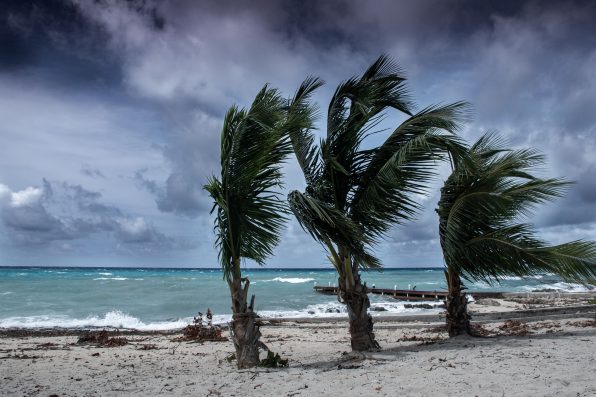Long ago, native Caribbean islanders viewed hurricanes and storms as a natural part of the cycle of life. The Taino of the Greater Antilles and the Kalinago of the Lesser Antilles developed systems that let them live with storms and helped prevent as much damage as possible.
The Taino took storms into consideration when planting crops on the larger islands of Jamaica and Cuba. They favored root crops like cassava or yucca because these plants had high resistance to damage from hurricanes and strong winds.
The Kalinago, also known as the Caribs, built their settlements away from the coast. These native groups taught Europeans about storms and hurricanes.
But when colonialism brought slavery to the Caribbean, everything changed. The Caribbean’s small islands are currently facing a disaster crisis due to intense hurricanes.
However, the extreme weather did not just start a few decades ago. The islands’ vulnerability can be traced back to the effects of colonialism, which established slave-based land policies, poor construction methods, and environmentally harmful practices in the region.
Colonialism changed how Caribbean people interacted with the land, dictated where communities lived, and influenced their approaches to recovering from natural disaster events.
Instead of cultivating crops to support the local food supply, the Europeans who began arriving in the 1600s prioritized making money by exporting profitable cash crops through the plantation economy.
They pushed indigenous people off their lands and built settlements along the coast. This made it easier to import enslaved people and goods, as well as export cash crops to Europe. But it put communities in danger of storms.
They also built settlements near rivers and streams to transport produce more easily. These areas became flood risks during heavy rains.

Sign up for Chip Chick’s newsletter and get stories like this delivered to your inbox.


